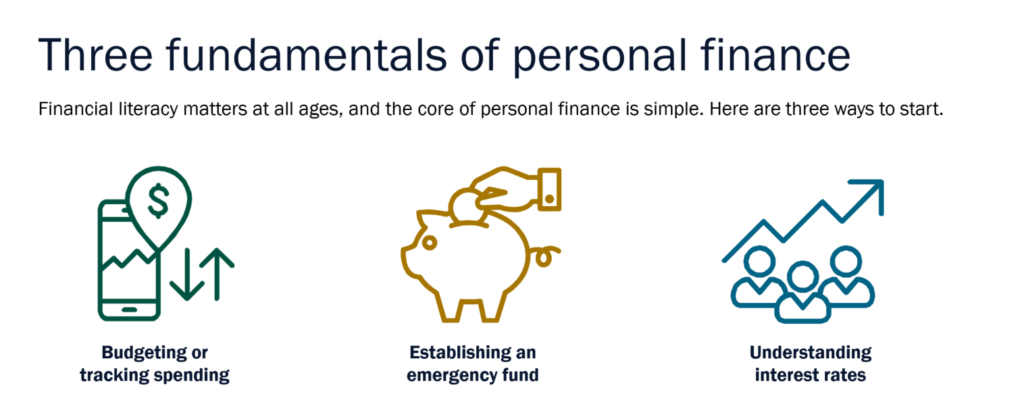Personal financial knowledge has become an important aspect of an individual’s life. It involves having an understanding of one’s financial situation and making informed decisions about matters of money.
A major aspect of personal financial knowledge is budgeting. This involves planning how to spend money and sticking to that plan. A budget helps to prioritize the spending and avoid overspending.
The second important aspect of personal financial knowledge is saving. It involves putting aside some money for future use, maybe for emergencies, retirement, or other long-term goals. This provides a sense of security and helps to achieve financial goals.

Investing is the third key component of personal financial knowledge. It means putting money into investments such as stocks, bonds, or real estate with the goal of earning a return on investment. Understanding investing can be complex, but it is important to grow wealth over time.
And finally, having knowledge of credit and debit is crucial for personal financial success. This includes understanding how credit scores work, managing credit card debt, and avoiding high-interest loans.
In addition to the above mentioned aspects, personal financial knowledge also includes understanding taxes and insurance. Tax planning is crucial as it helps to minimize tax liability and maximize refunds. Insurance knowledge helps to protect assets and safeguard financial future against unforeseen events.

Moreover, personal financial knowledge also involves understanding one’s financial goals and risk tolerance. This helps individuals to make informed investment decisions that align with their objectives and risk appetite.
Overall, developing personal financial knowledge is a process that requires education and practice. By taking the time
to learn about budgeting, saving, investing, and credit, individuals can make informed decisions and achieve their financial goals.
It is important to note that personal financial knowledge is not just limited to individuals who earn a high income. It is equally important for individuals with low or moderate income to have a good understanding of personal finance. In fact, having personal financial knowledge can help individuals with limited income to make the most of their resources and achieve their financial goals.











